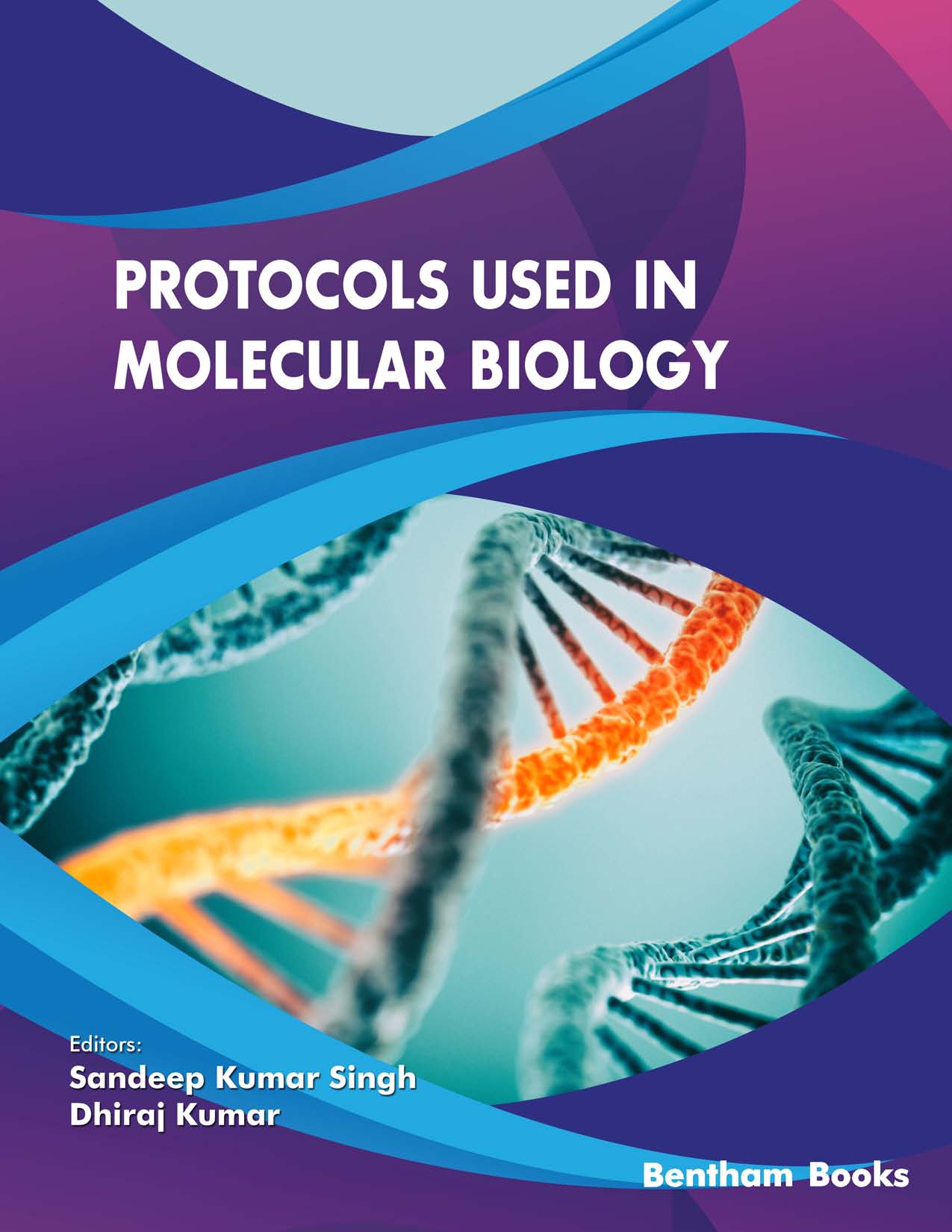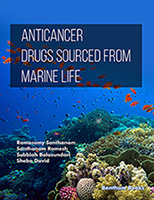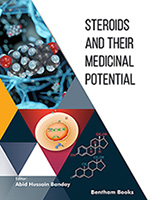Preface
Understanding biological phenomena, diagnosis of diseases, elucidating the key target molecule underlying a particular disease and developing new therapeutic approaches strongly rely on the foundation of advanced protocols frequently used in molecular biology experiments. Keeping this background the present book entitled “Protocols used in Molecular Biology” mainly includes the most recent and advance molecular biology protocols with a concise introduction, materials and chemicals required, step-by-step procedure, the trouble shooting tips and applications of protocols. The book includes essential techniques of proteomics, genomics, cell culture, epigenetic modification and structural biology with a special focus on the fundamental applications of each protocol. This protocol book will be significantly important for the academicians, molecular biologists, graduates and undergraduate students at basic and clinical research. Protocols of this book can be utilized to unravel the problem of cancer biology, genetics, neuroscience and many more. In particular, a neuroscientist can utilize this protocol book to isolate RNA and DNA from brain tissues. The expression of genes at mRNA level using real time polymerase chain reaction and at protein level using a modified western blot protocol for enhanced sensitivity in the detection of tissue protein can be studied. Furthermore, neuroscientists can also study the region specific expression of mRNA following RNA in situ hybridization and protein by immunohistochemistry. Several environmental factors can cause changes in DNA without changing its sequence through epigenetic modifications, which can be studied through sodium bisulfite conversion of genomic DNA. Such environmental factors can also alter the neuronal architecture, which can be easily elucidated by rapid Golgi method to unravel the change in the number, length and arborisation of dendritic spine. Furthermore, cell culture and live cell imaging protocols can be particularly utilized to understand the changes at cellular level in various pathological conditions. Differential change in the proteome of neurodegenerative diseases can be studied through 2D DIGE. A change in point mutation of the brain can be elucidated through Mis-match Amplification Mutation Assay (MAMA). The DNA and protein complex formation essentially regulate either an increase or a decrease in the expression of gene during pathological conditions. Studying such complexes through electrophoretic mobility shift assay (EMSA) can open a new avenue for understanding complexes and regulation of gene expression. Thus, this protocol book will be a complete package for molecular biologists working in various fields.
Sandeep Kumar Singh
Indian Scientific Education and Technology Foundation,
Lucknow-226002,
India
&
Dhiraj Kumar
Rameshwar College,
B.R.A. Bihar University,
Muzaffarpur-842001
India





